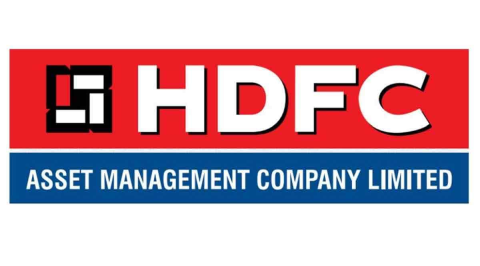Monetary Policy Review by Research Team from HDFC AMC
RBI kept the policy rates at the same level. The GDP figures were also in the range that was earlier suggested. Indian economy is showing stability and we can expect markets to remain positive about RBI policy. Review by HDFC AMC team follows....
The Monetary Policy Committee (MPC) voted to keep the policy rate and stance unchanged, with a majority vote of 4 to 2, same as last time. Hence, repo rate was maintained at 6.5% and stance remained focused on “withdrawal of accommodation to ensure that inflation progressively aligns to the target, while supporting growth”. Consequently, SDF, MSF and CRR rates were also kept unchanged at 6.25%, 6.75% and 4.5% respectively. Notably, 2 external members continue to dissent and voted in favour of 25 bps rate cut and changing the stance to neutral.
While global growth and inflation momentum has moderated recently, India’s growth continues to remain resilient. The business activity remains healthy reflected in buoyant manufacturing and services PMIs and industrial production. Consumption also remains steady on the back of rural recovery and robust urban consumption. Further, investments continue to grow at a healthy pace supported by government infrastructure thrust and pick up in private capex spending.
RBI maintained its average growth forecast for FY25, although Q1FY25 growth forecast was revised down by 20 bps on the back of lower-than-expected growth in corporate profitability and government spending during the quarter. Overall, growth is likely to remain healthy supported by optimism on agricultural activity in view of well progressing monsoon and sowing along with steady services activity and urban consumption.
Today's status quo policy was in line with expectations and no measures to drain out liquidity was viewed marginally positively by market participants. However, revision in the quarterly inflation forecast and reemphasis on food inflation importance in determining policy direction was perceived slightly hawkish and dampened expectations of early monetary easing given the weakness in global fixed income markets. Overall, Gsec yields were largely unchanged post the policy.
In our view, fixed income remains favourably placed over the medium term, considering:
• Global growth is increasingly showing signs of slowdown and AE central banks (notable exception being US Fed) have begun to reduce policy rates and RBI is also expected to cut policy rates in H2FY25.
• Central government fiscal deficit is expected to consolidate to 4.9% of GDP (FY24: 5.6%) in FY25 and target of bringing down it to less than 4.5% of GDP by FY26 remains unchanged. This should keep market borrowings within manageable levels.
• External sector remains comfortable in view of steady growth in services exports, fall in oil prices and adequate foreign exchange reserves.
Overall, in our view, yields are likely to trade with a downward bias and the long end of the yield curve is likely to outperform over the medium term. Thus, as highlighted in past, investors with a relatively longer investment horizon, may continue to increase allocation to longer duration funds in line with individual risk appetite. Further, while yield curve has steepened slightly, it is still relatively flat and in view of elevated short-term rates along with expectations of rate cuts in H2FY25, one may also consider investment in short or medium duration categories of debt funds.
